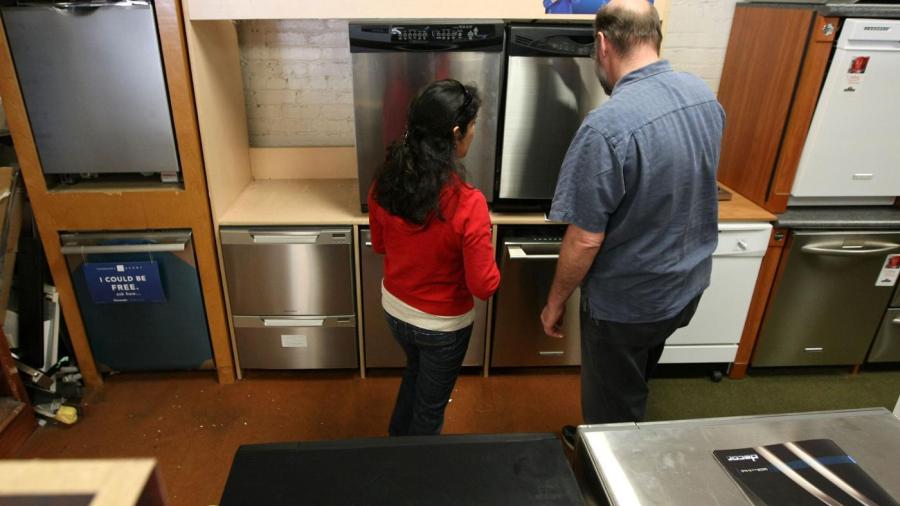What Are Labor-Saving Devices?

Labor-saving devices are inventions that reduce the time and effort needed to perform or complete a task. Farm equipment, home appliances and construction equipment are examples of mechanical inventions that save time and physical labor.
In agriculture, food and textile production has increased significantly since the invention of mechanical seed spreaders, harvesters and looms. For example, in the 1940s, a mechanical cotton picker was invented that could replace 50 farm workers.
The industrial revolution created a mindset that if a labor-intensive task existed, a device could and should be invented to replace the organic element, whether a human or another animal. Cars and tractors replaced horses and oxen. After factories became commonplace, people began looking for ways to automate household tasks such as laundry, cleaning and cooking. The first washing machines and vacuum cleaners made doing laundry and cleaning floors faster and easier for housewives and servants.
The construction industry has benefited from bulldozers, backhoes, drills, cranes and power tools. On small and large projects, the time saved by using hydraulic equipment compared to using manual power and hand tools is dramatic.
Labor-saving devices have revolutionized the world by increasing productivity and even by making some activities obsolete. People are still discovering with varying degrees of success, gadgets and gizmos to reduce or eliminate work. Probably the most significant labor-saving device ever invented is the computer because of its omnipresence in modern tools and equipment.





